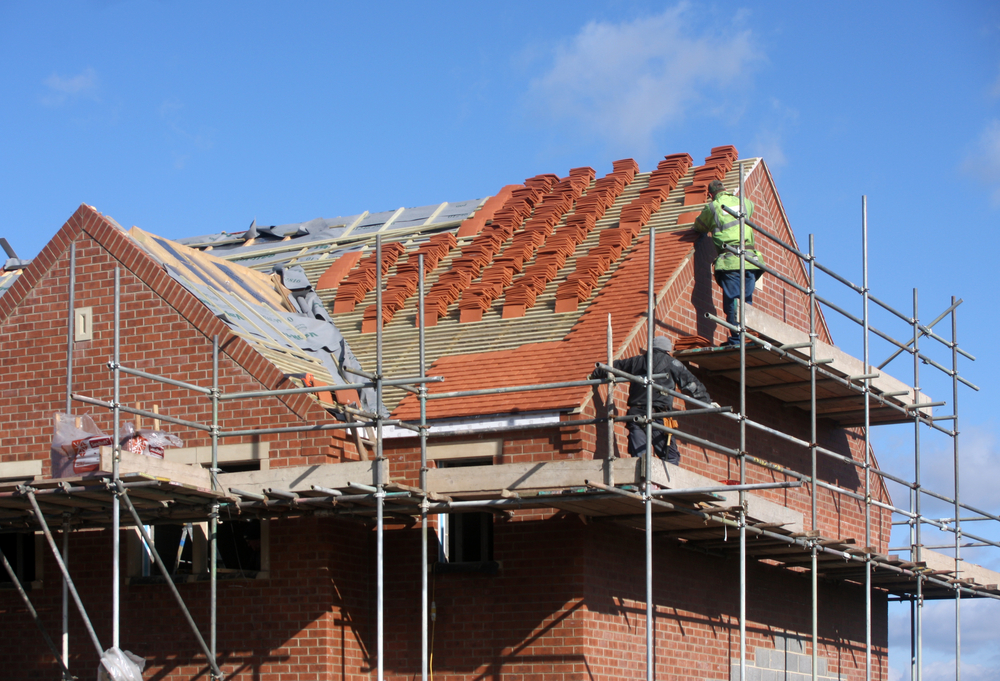

The construction sector will continue to contract during 2023, although growth is modest growth is forecast for the sector in 2024 and 2025, according to the latest industry report.

This contraction this year has being driven by a significant drop in property construction, with house builders responding to weakening market conditions and opting to build-out schemes rather than opening new sites.
Construction specialist Glenigan predicts this trend will continue, with a 33% decline in the housing start-up projects in 2023, as falling incomes and rising mortgage rates continue to cool the housing market.
However, it predicts this slowdown will be temporary, with a recovery anticipated for the following years. Glenigan is forecasting that the number of new project starts will rise by 7% in 2024, and 8% in 2025.
This though remains below projections for the wider construction market. Overall, Glenigan is predicting construction site starts will fall by 18% in 2023, with a 12% project-start boost in 2024, followed by a further 5% increase the following year.
Glenigan says that the wider construction industry has been hit by the fallout from last autumn’s mini-budget and a weak outlook dented investor and consumer confidence. The sector has been further hampered by material shortages, cost inflation and rising interest rates which is expected to dampen activeity for the rest of the year.
While Glenigan is forecasting a recovery in housing construction in 2024, the picture is less positive for social housing, with proect starts predicted to remain flat for the duration of 2023 as high material costs and labour shortages continues to constrain activity. Approvals are similarly expected to fall back over the remainder of the year.
However, improved funding for affordable housing projects is anticipated in 2024 and is set to buoy the sector, with an 11% growth forecast for the period.
Glenigan says higher borrowing costs are also likely to dampen student accommodation starts, near term, but improved investor confidence in 2024 is expected to counteract this, lifting starts.
While falling number of project starts in housing sector has been a drag on overall construction figures, Glenigan says it has been a more positive picture in public sector construction. However, it adds that this is likely to be disturbed in the run up to and beyond the next general election with an incoming administration likely to review and consolidate public sector investment programmes currently in the works.
Glenigan’s economic director Allan Wilen says: “The pattern of UK construction activity is being reshaped by economic slowdown and structural changes, while new regulations are transforming how projects are delivered. We are still in a state of extreme uncertainty, and the industry is set for a challenging period over the coming year, but there’s light at the end of the tunnel.
“Structural changes are expected to create new opportunities in logistics, office and retail refurbishment and fit out, and the repurposing of redundant commercial premises. Firms will need to be responsive and adaptable to identify these growth areas and exploit new opportunities as they emerge over the next three years.”